If someone says the word “hybrid” to you during an automotive discussion, what car do you think of first? If you answer “Toyota Prius,” then you are likely in the majority. Today, auto manufacturers have adopted the term “hybrid” to define any vehicle which uses both an internal combustion engine and electric power as a fuel-saving measure.
But 40 to 50 years ago, “hybrid” cars were all the rage with enthusiasts, and no, these did not employ battery packs.
Setting The Stage
The term “hybrid” was used to define a car with a body from one manufacturer, and an engine from another, in a high-performance combination. More specifically, a powerful American V8 engine would be dropped into a European-designed and built sports car.
The new and improved power-to-weight ratio gave these vehicles tremendous acceleration. Low development cost and ease of maintenance were also seen as positive attributes, especially compared to some of the high-strung powerplants employed in other foreign-born exotica.
Today, these hybrids from the ‘60s and ‘70s are very popular among collectors, and for good reason. Most of them were also built in very low numbers, making them as rare as they are valuable. Let’s take a look at five of the more popular hybrid models (each built below 10,000 units, or about one week’s production of the Ford F-150.) We’ll examine their origins, what features they have in common, and what distinguishes them from one another.
Our five examples are roughly in chronological order.
Shelby Cobra
Let’s start with the king of them all, the car that is likely the most popular hybrid ever built. In the early 1960s, former racer Carroll Shelby got the idea to drop an American V8 into a small British roadster called the AC Ace. At that time, the Ace was using an inline 6-cylinder engine of antiquated design. The company was willing, but asked Shelby to help find a suitable engine.
His first request, to Chevrolet, was turned down. However, Ford agreed, wanting to use its new “Windsor” 260 V8. Prototypes were built and were successful, and the car went into production, with AC sending painted bodies to Shelby’s home-grown production facilities in L.A., where the engines were installed.
While Shelby’s racing team had some competition wins with the new car, it was not a retail success. Some new cars languished unsold for more than a year. Of the original Shelby Cobras, fewer than 1,000 were built. There was no financial upside to continued production, so Ford and Shelby stopped their efforts by 1967. Meanwhile, AC continued producing the V8-powered car, which they named the AC 289.
The story gets convoluted from here. Starting in the 1980s, Autokraft, among other companies, began to produce replica Cobras, some as complete cars, and some as kits. Cobra-mania continued to swell, as sports car aficionados wanted an affordable Cobra. Even ol’ Carroll himself got back in the game with the so-called “continuation” Cobras.
Today, you may need to be something of a Cobra expert to distinguish a true original from a later replica. But the Cobra is instantly recognized by almost everyone. Go to any car show, and you’re almost guaranteed to see at least one Cobra in attendance.
Sunbeam Tiger
Our second hybrid entry has a number of similarities with the Cobra: it’s British; it’s based on an existing sports car; and it’s the brainchild of Mr. Shelby. The Sunbeam Alpine was a two-seat roadster built by the Rootes Group in the UK. Originally powered by a 4-cylinder engine, the company wanted to explore more powerful options to expand the car’s sales potential. An attempt was made to work with Ferrari, but that effort failed.
Word got to Carroll Shelby, partly based on his success with the Cobra.
The same Ford small-block V8 from the Cobra was utilized, first in 260 cubic inch form, then as a 289 c.i. V8. It was an extremely tight fit. Part of the firewall had to be beat with a hammer to shoehorn the engine into place. The Ford powerplant doubled the Alpine’s horsepower, while adding little additional weight.
Prototypes were built, one was sent to England for approval, and the concept was quickly approved. The new car, dubbed the Tiger, had plenty of performance. The car entered production in 1964, about a year after the prototypes were done. Just over 7,000 Tigers were built before production ended in 1967.
Ironically, it was another American car manufacturer, Chrysler, which helped bring an end to this Ford-powered hybrid. Chrysler bought a controlling interest in the Rootes Group, and was none too pleased with the idea of “one of their own” being sold with a competitor’s engine. Any thought of substituting a Chrysler V8 ended when the company realized that its engine didn’t fit.
Iso Grifo
This hybrid differs from the Cobra and Tiger in several ways. Although it too uses an American V8 in a sexy European body, the Grifo was a “clean sheet” design. It was not an existing car receiving an engine swap. Also, the Grifo was designed and manufactured in Italy, intended to go head-to-head with that country’s best supercars, such as Ferrari.
To summarize the company’s beginnings: Renzo Rivolta founded the Isothermos refrigeration company in Italy just before World War II. After making refrigerators and heaters through the 1940s, the company moved to motor scooter production, then the Isetta bubble car in the early 1950s. Profits from these ventures allowed the Iso Company to move toward luxury sports cars.
The first such car, the Rivolta, saved on production and tooling costs by using a Chevrolet V8 engine. But it was the next model, the Grifo, which set enthusiasts’ hearts racing. Designed by famous Italian design house Bertone, its looks were as sleek as anything else on the market at that time. The first generation cars used a Chevy 327 engine, which pushed the car to a top speed of over 170 mph.
The 2nd generation Grifo moved up to a big-block 454, also from Chevy. The final version of the Grifo reverted to a Ford Boss 351 engine. This model was not only the last Grifo; it was the last Iso vehicle, as the company went out of business in 1974. Good luck finding one now, as only 413 Grifos were produced.
Jensen Interceptor
Among the five hybrids included in our story, the Jensen Interceptor stands alone as the one produced by a large-scale existing car manufacturer, using an American V8 from the beginning as its only available engine. The Jensen brothers, Alan and Richard, founded their company in the 1930s. They had always specialized in building bodies for other manufacturers, as well as complete cars of their own design.
For the Jensen-branded cars, the use of engines made by others was common, and helped control costs.
After producing several in-house designed sports cars after World War II, Jensen hired an Italian design firm, Touring, to create the Interceptor. Earlier Jensen cars utilized a Chrysler V8, and that continued, in 383 c.i. form, with the Interceptor. The result was a true Grand Touring machine: large, roomy, comfortable, and able to cruise for long distances at high speeds. Later models moved up to the Chrysler 440 engine.
Success with this initial hatchback model led Jensen to also produce convertible and coupe versions. But by the mid-1970s, financial problems befell the company, and Interceptor production was over by 1976. Jensen built just over 6,400 Interceptors in all three body styles.
DeTomaso Pantera
Our final hybrid is from the DeTomaso firm, founded by Argentinian Alejandro DeTomaso. With funding provided by a brother-in-law, DeTomaso began producing sports cars in Italy in the early 1960s, using European Ford, then American Ford engines.
The company’s third car, the Pantera, was its most successful. Like the Iso Grifo, this was a fresh design, not an existing car with an engine transplant. But instead of Chevy power, it used a Ford 351 “Cleveland” engine. And rather than locate that engine in the front, like all these other hybrids, it was mounted midships, directly behind the two-seat cockpit. Its body was designed by Ghia in Italy, and was one of the sleekest of the early 1970s.
Perhaps the biggest key to the Pantera’s sales success was the deal DeTomaso made with Ford for the car to be sold through Lincoln-Mercury dealerships. This gave it exposure that was otherwise unattainable. The Panera sold well its first few years in the United States. It was priced competitively, had great performance, and could be serviced at any Ford dealer.
But by 1974, with the first gas crisis in full swing, Ford decided to pull the plug on Pantera importation. By this time, about 5,500 cars had been sold. Meanwhile, DeTomaso continued production for the rest of the world, but at a much slower rate of output. Sales continued into the 1990s, eventually reaching over 7,000 units.
Highly Regarded Hybrids
These five hybrids provide us a nice cross-sectional view of market offerings during the ‘60s and ‘70s. Three are from the UK, two from Italy, three with Ford power, one each with Chevy and Chrysler power, and all of them produced in low numbers.
Also note how these cars were born at a time when customers wanted performance, and were willing to pay for it. Today, each of these models are highly-prized and very collectible. Like other muscle cars of the time, the demand is there, and that keeps prices high. So the next time someone asks you about hybrids, you’ll be ready to impress them with your knowledge about these amazing supercars!
Richard Reina is a Product Trainer at CARiD.com and lifelong automotive enthusiast.
from Automoblog.net http://www.automoblog.net/2017/03/21/five-original-hybrids-american-power-meets-european-design/
via IFTTT
from Tumblr http://peternpalmer.tumblr.com/post/158673911901
via IFTTT
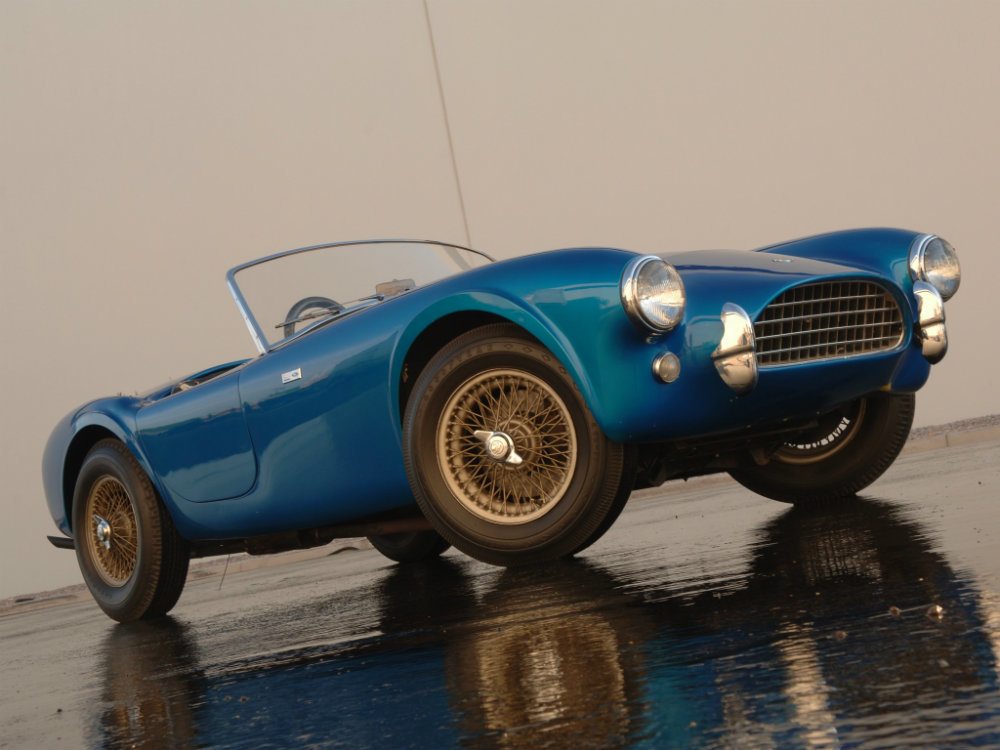
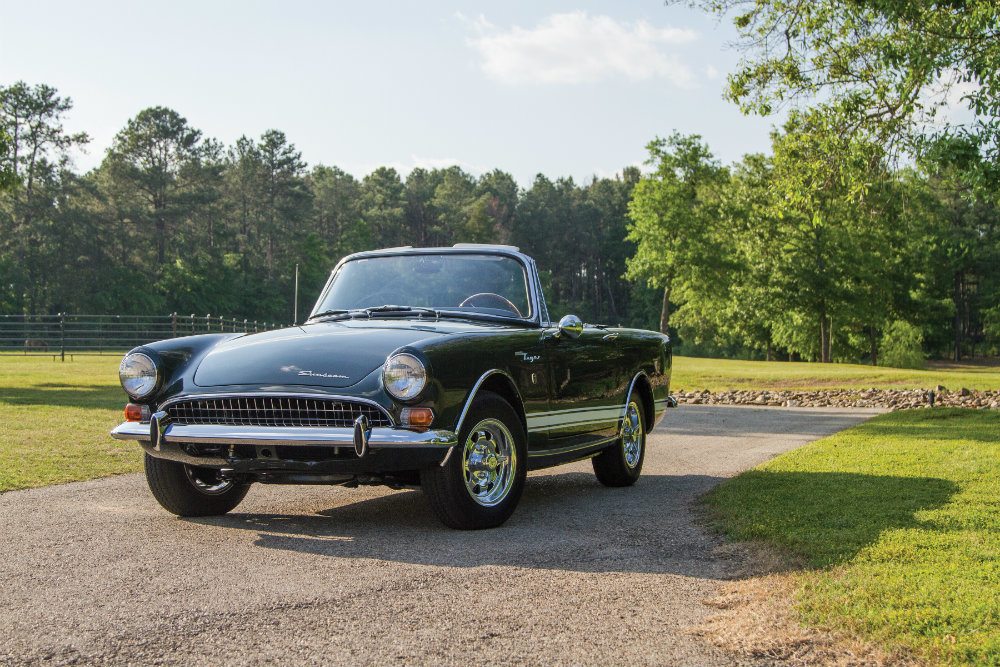
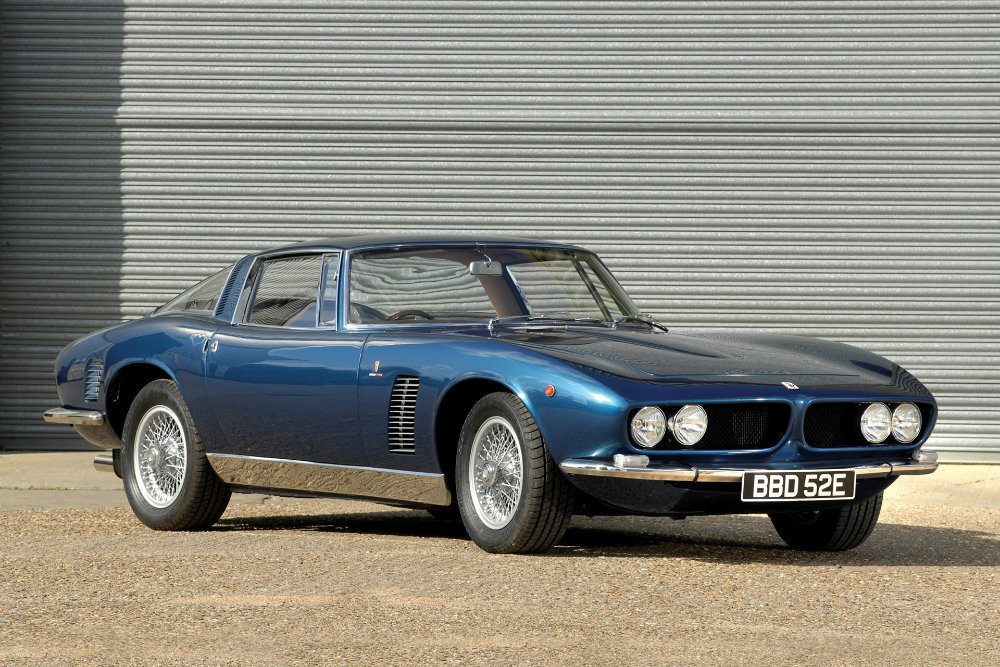
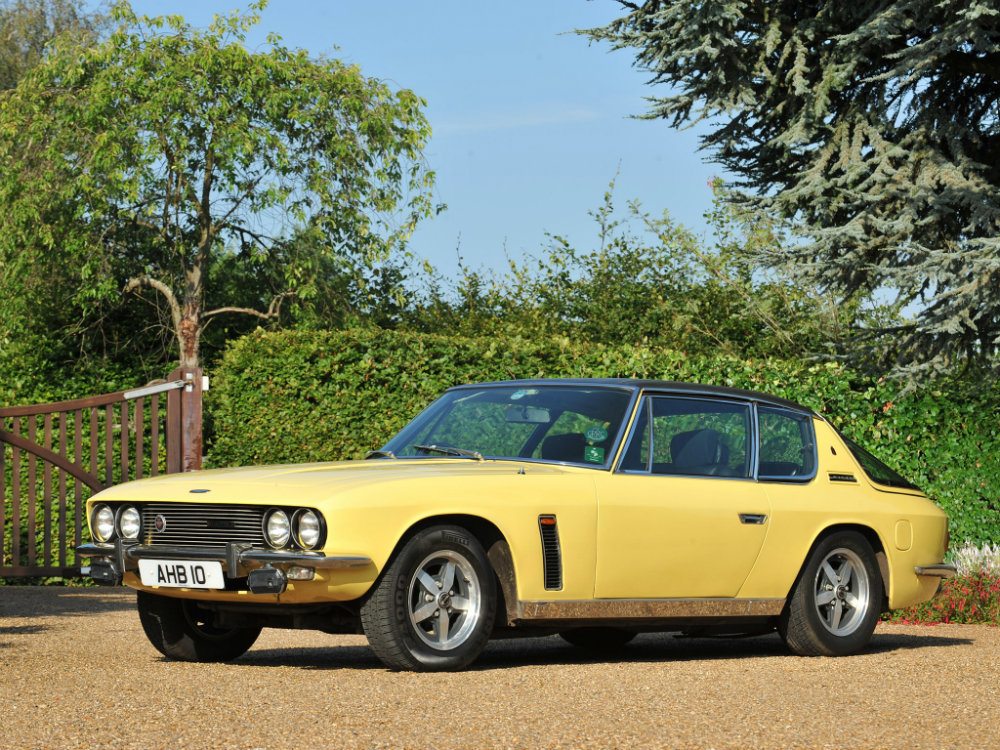
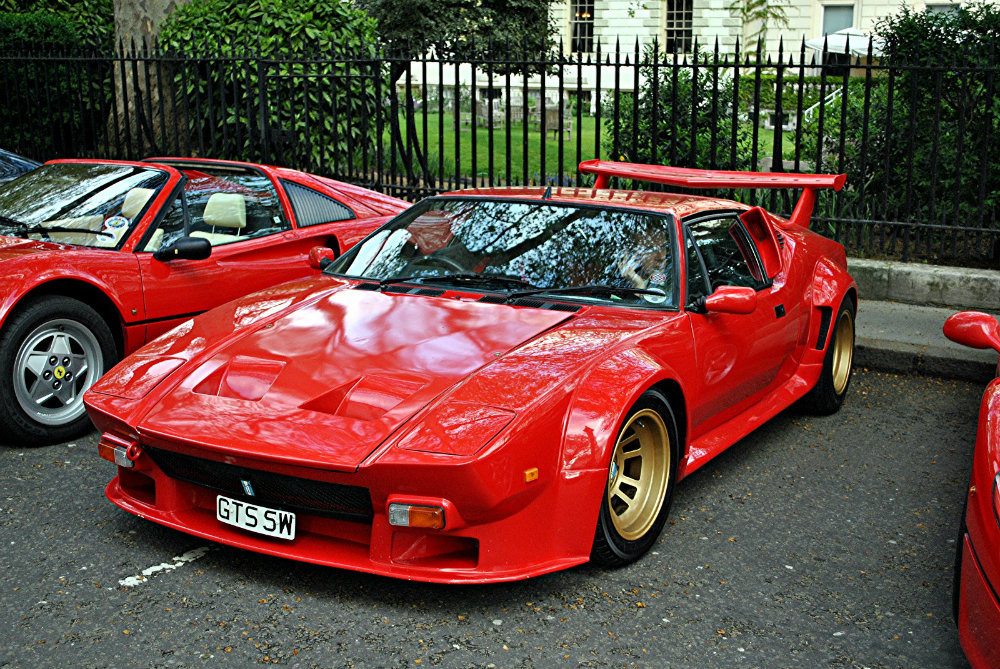
No comments:
Post a Comment